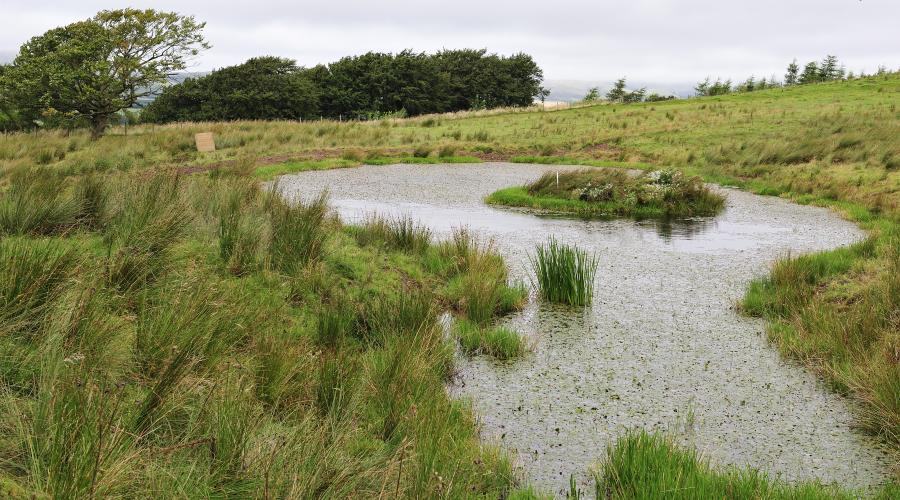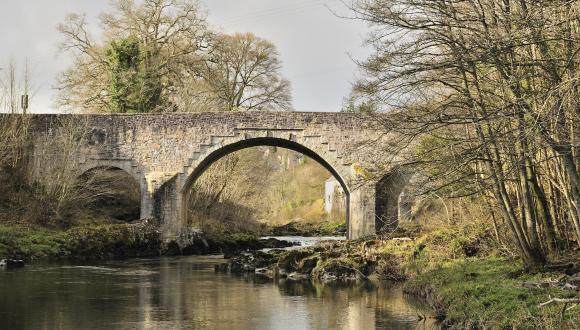
Ponds
Whether natural or man-made, ponds are important freshwater habitats. Small as they are, they can support a wealth of wildlife.
The Countryside Survey 2007 estimated that Scotland has 198,000 ponds.
Lochs have a surface area of 1 hectare or more, while ponds are up to 2 hectares in size. Thus the definition of pond overlaps with that of, for example, lochans or dystrophic water bodies.
Natural ponds may be isolated, occur in pond complexes or form important parts of wetland systems.
Types of man-made pond include:
- garden ponds
- curling ponds
- distillery ponds
- mill ponds
- peat cutting ponds
- marl or gravel extraction ponds
Ponds are particularly good habitats for:
- amphibians such as frogs, toads and newts
- invertebrates such as dragonflies, snails and water beetles
- rare species such as pillwort (Pilularia aquatica), a curious aquatic fern
Threats to ponds
Ponds may be:
- lost through deliberate infilling
- lost as a result of natural processes
- suffer from water pollution
Many ponds were lost or degraded in the 20th century. But Scotland’s total number of ponds rose by 6% from 1998 to 2007. A considerable number of these new ponds were recorded in lowland areas.
NatureScot hopes that still more high quality ponds will be created, to continue to replace those that have been lost.





